Home >
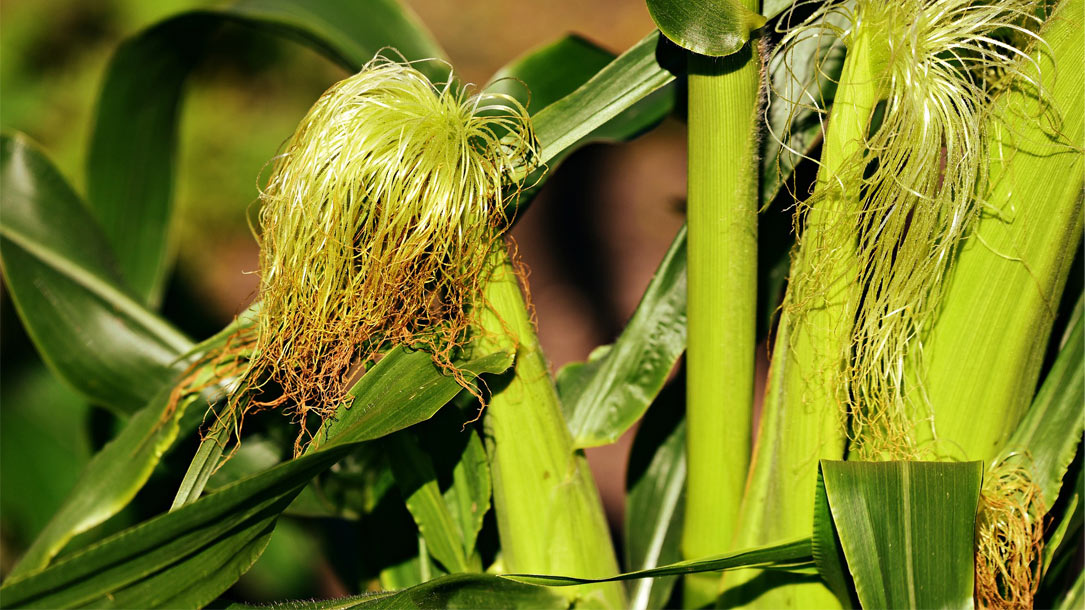
The extent of soil loss across the US Corn Belt
“Soil erosion in agricultural landscapes reduces crop yields, leads to loss of ecosystem services, and influences the global carbon cycle. Despite decades of soil erosion research, the magnitude of historical soil loss remains poorly quantified across large agricultural regions because preagricultural soil data are rare, and it is challenging to extrapolate local-scale erosion observations across time and space…”
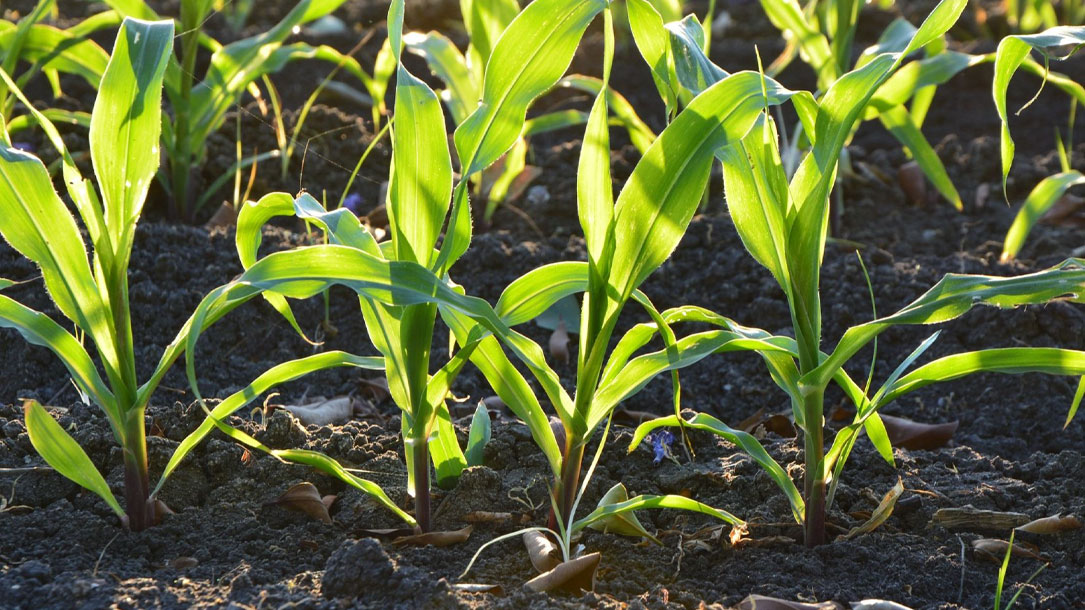
The corn belt is losing topsoil, increasing carbon emissions, and lowering yields
Scientists have found that around 35 percent of the region has lost its most fertile A-horizon soil, more commonly known as topsoil, since European colonization in the 1600s, resulting in estimated annual economic losses of around $2.8 billion and a 6 percent reduction in crop yields per year. Their findings are published in the Proceedings of the National Academy of Sciences….
“A third of the Midwest is currently losing 50 percent of its fertilizer,” Bruno Basso, a professor at Michigan State University, who was not involved in the study, said…

Some surprising aspects of climate change on eastern U.S. forests
Forest composition in the eastern U.S. has been changing quite dramatically during the last century. The main change has been an increase in shade tolerant and mesophytic (middle moisture) trees, such as red maple (the #1 increaser), followed by black birch, tulip poplar, blackgum, and others. These increases have been to the detriment of oak, hickory, and pine trees. My research has found that one of the main drivers of this change is the suppression of fire, starting with Smokey Bear legislation in the 1930s.
Greenhouse gases and climate change have impacted eastern forests’ fall colors in various ways…
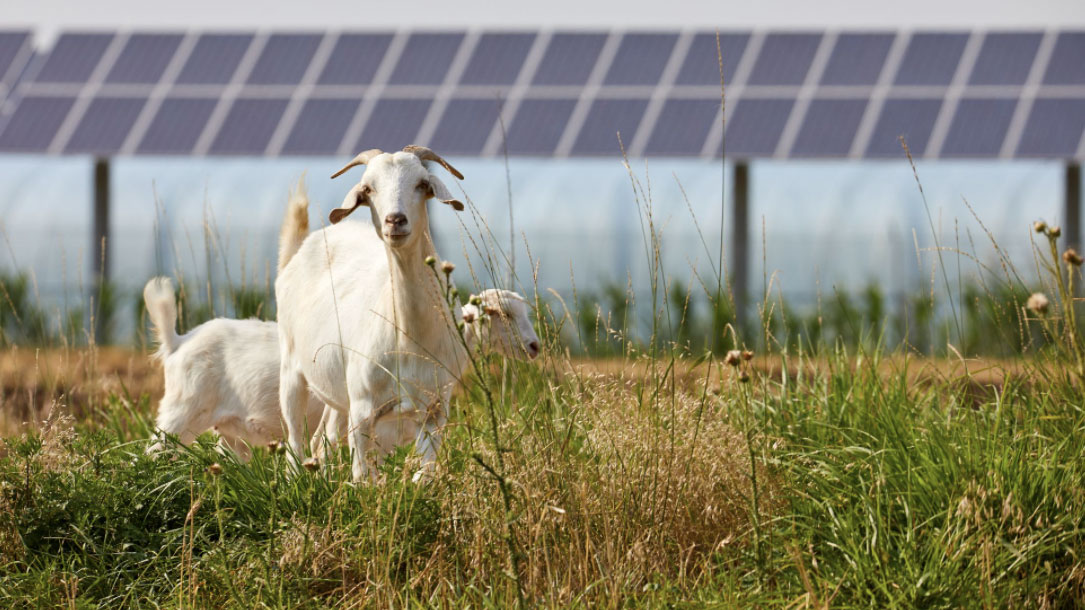
The Nature Conservancy tool helps identify ideal solar farm sites in Georgia
They compared that information to maps of critical habitat, protected lands, and prime farmland. And they put their results into a free online tool.
It allows developers, natural resource agencies, and others to identify low-impact locations for new solar farms. And Gutierrez says the tool finds plenty of them…

Numb to the World
On August 1 1955, a telling photograph was featured in Life magazine. The photograph depicted cans, frozen foods containers, disposable diapers, garbage bags, and a paper tablecloth falling from the sky like rain onto a smiling couple who were raising their arms towards the tumbling sea of trash. The caption underneath the photo read, “Throwaway living: disposable items cut down household chores.” The photograph reflected a paradigm shift away from the pre-World War II ‘waste not want not’ philosophy of living and toward a more wasteful zeitgeist.
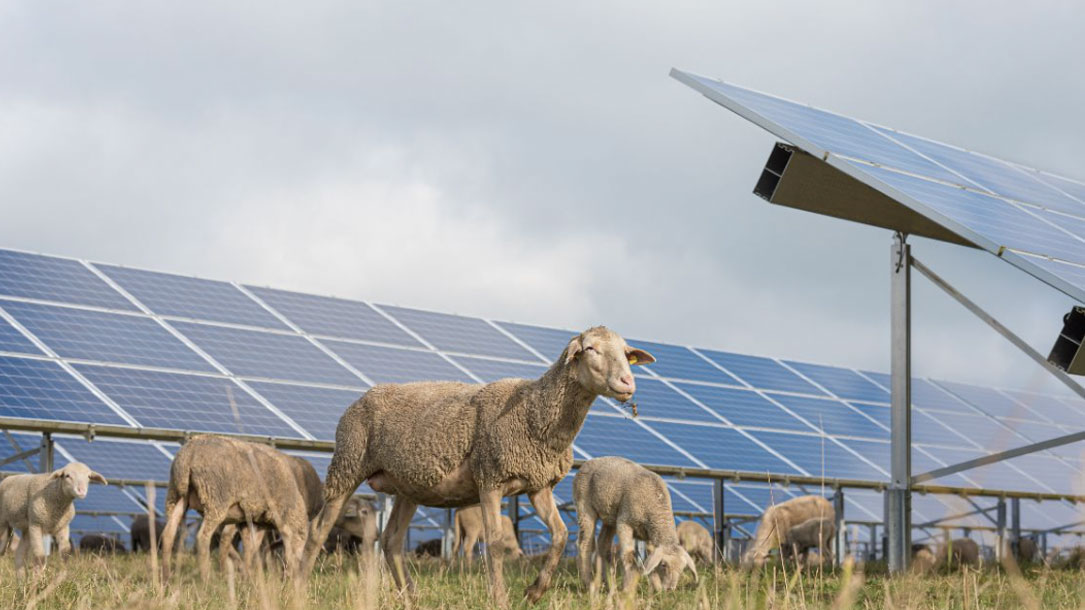
An integrated approach to land management
MNL developed the Conservation Grazing Program in order to provide the most ecologically comprehensive land management services in the region. Through the planned impact of livestock grazing, we provide an additional tool for land managers on large and small tracts of land, both public and privately owned, to achieve ecological goals.
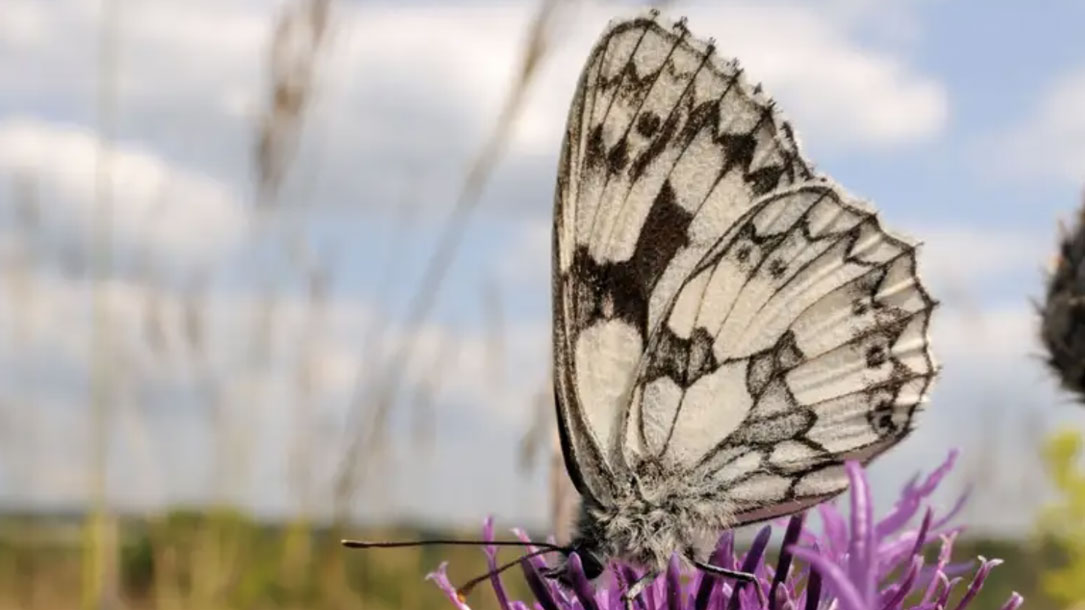
Air pollution makes it harder for pollinators to find plants
A field trial found that levels of nitrogen oxides and ozone similar to those near roads led to a 70 per cent drop in the numbers of bees and butterflies on mustard plants…
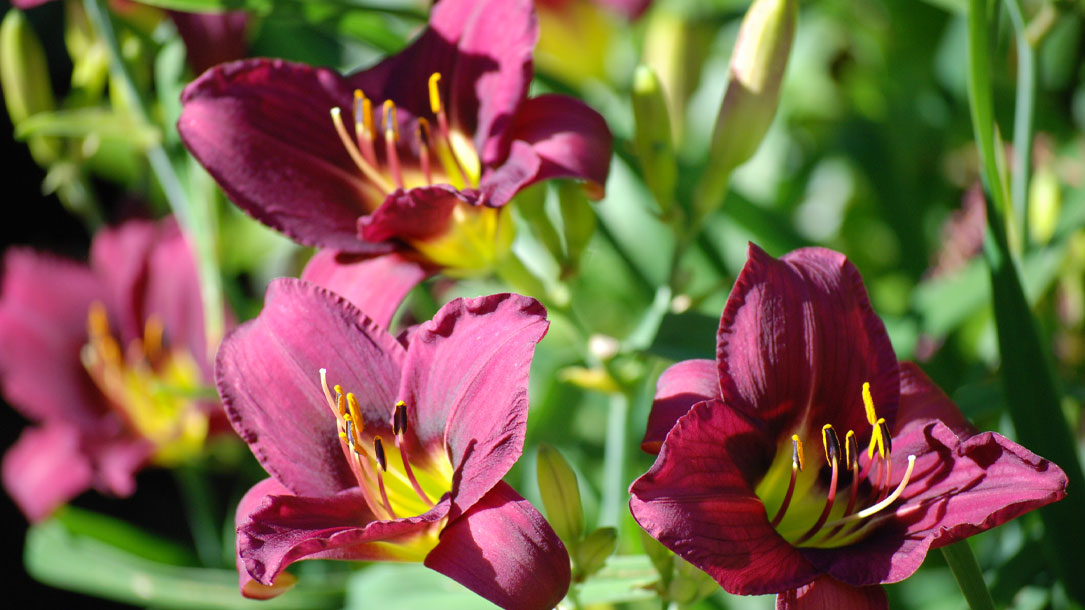
Anthropogenic air pollutants reduce insect-mediated pollination services
Study Highlights
• Common air pollutants (e.g. nitrogen oxides and ozone) can react with floral odors.
• Both pollutants resulted in severely reduced insect pollinator foraging efficiency.
• Specific insect pollinator groups demonstrated differential responses to pollutants.
• Metrics of insect-mediated plant pollination decreased under both pollutants.
• Air pollution has the potential to disrupt other odor-mediated ecosystem services.
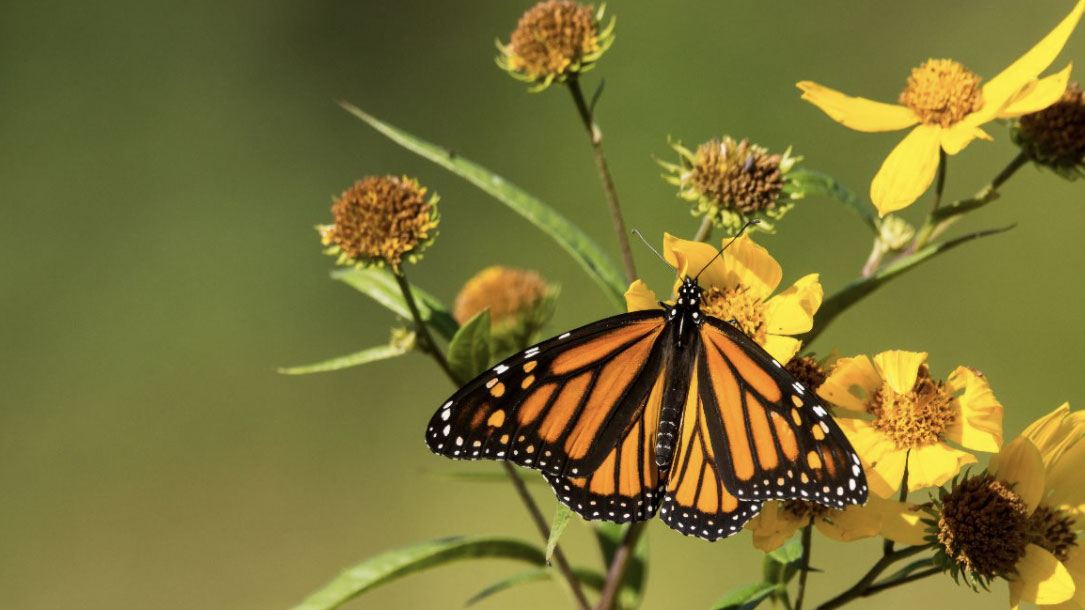
Air pollution reduces pollination by confusing bees
Scientists from the University of Reading, the UK Centre for Ecology & Hydrology, and the University of Birmingham found that there were up to 70% fewer pollinators, up to 90% fewer flower visits and an overall pollination reduction of up to 31% in test plants when common ground-level air pollutants, including diesel exhaust pollutants and ozone, were present.

Air pollution makes it harder for insect pollinators to find flowers
Insects play an important role in the world’s food production. Roughly 70 percent of all crop species, including apples, strawberries, and cocoa, depend on them for pollination.
Insects rely on a flower’s odor to locate a plant, but atmospheric pollutants alter these smells, making foraging more difficult. A new study in Environmental Pollution tested how much of an impact pollution has on pollinators in the field…
“We weren’t expecting nearly as severe a reduction as we found. It’s kind of crazy,” study author James Ryalls, an agricultural ecologist at the University of Reading in the United Kingdom, tells New Scientist’s Adam Vaughan…












